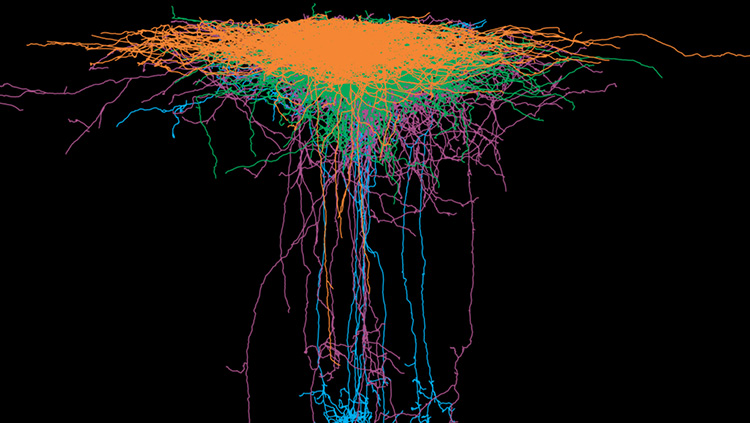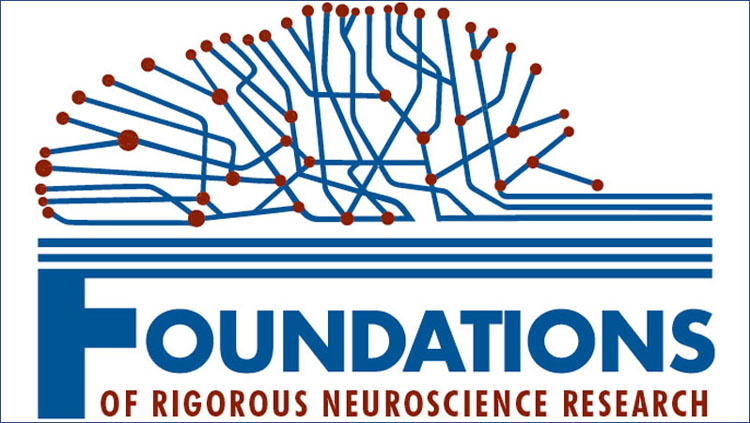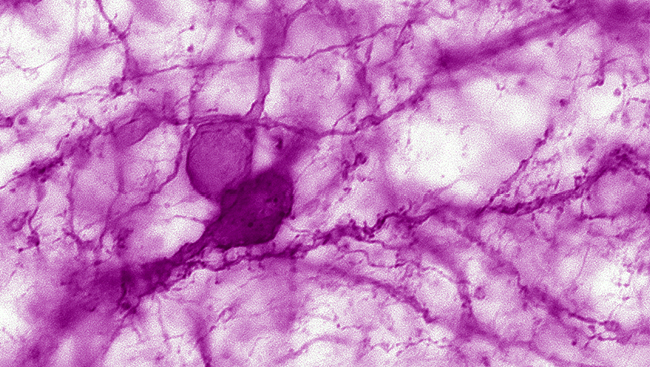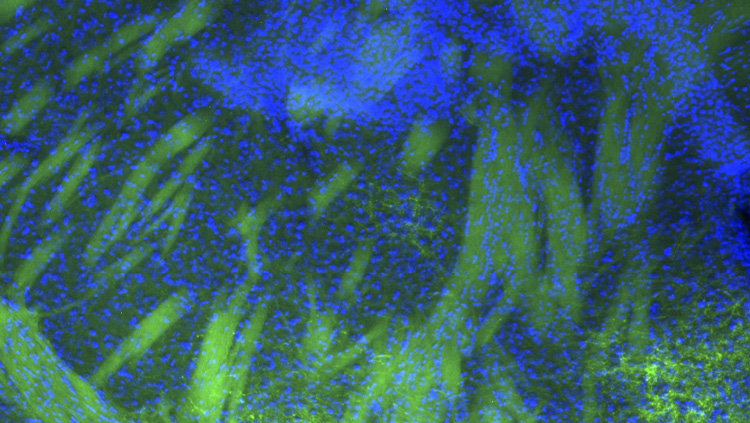Recognizing Team Science Contributions in Academic Hiring, Promotion, and Tenure
- Featured in:
- Rigor and Reproducibility

The following is an excerpt from a commentary in the Journal of Neuroscience, Recognizing Team Science Contributions in Academic Hiring, Promotion, and Tenure, that originated from two Neuroscience 2019 Professional Development workshops (watch them here and here). Read the full commentary here.
The vision of a scientist as a lone investigator reaching an epiphany is a widely cherished narrative. Consistent with this ideal, single author papers were frequent 50 years ago, when the Society for Neuroscience started. However, the basic and translational questions and the public health challenges being addressed in current neuroscience research are increasingly interdisciplinary and multidimensional, and so the vast majority of significant studies require a team of investigators, working together collaboratively. This trend is evident in the increased number of authors per citation and the rapid expansion of collaborative grants. Unfortunately, academic culture has not yet caught up with the direction of the science. Hiring, promotions, and peer review tend to credit the first and last authors, with little consideration that the work required an entire team. At the 2019 SfN annual meeting, there were two workshops addressing team science. One workshop highlighted the challenges in team science for trainees, while the other focused on ways in which academic leaders could change our procedures to address the disconnect between overly narrow attention to individual first and last authorship in hiring, promotion, and tenure versus the collaborative nature of current research. This Commentary distills the ideas and recommendations brought forth by these workshops, to advocate for changes in academic recognition.








